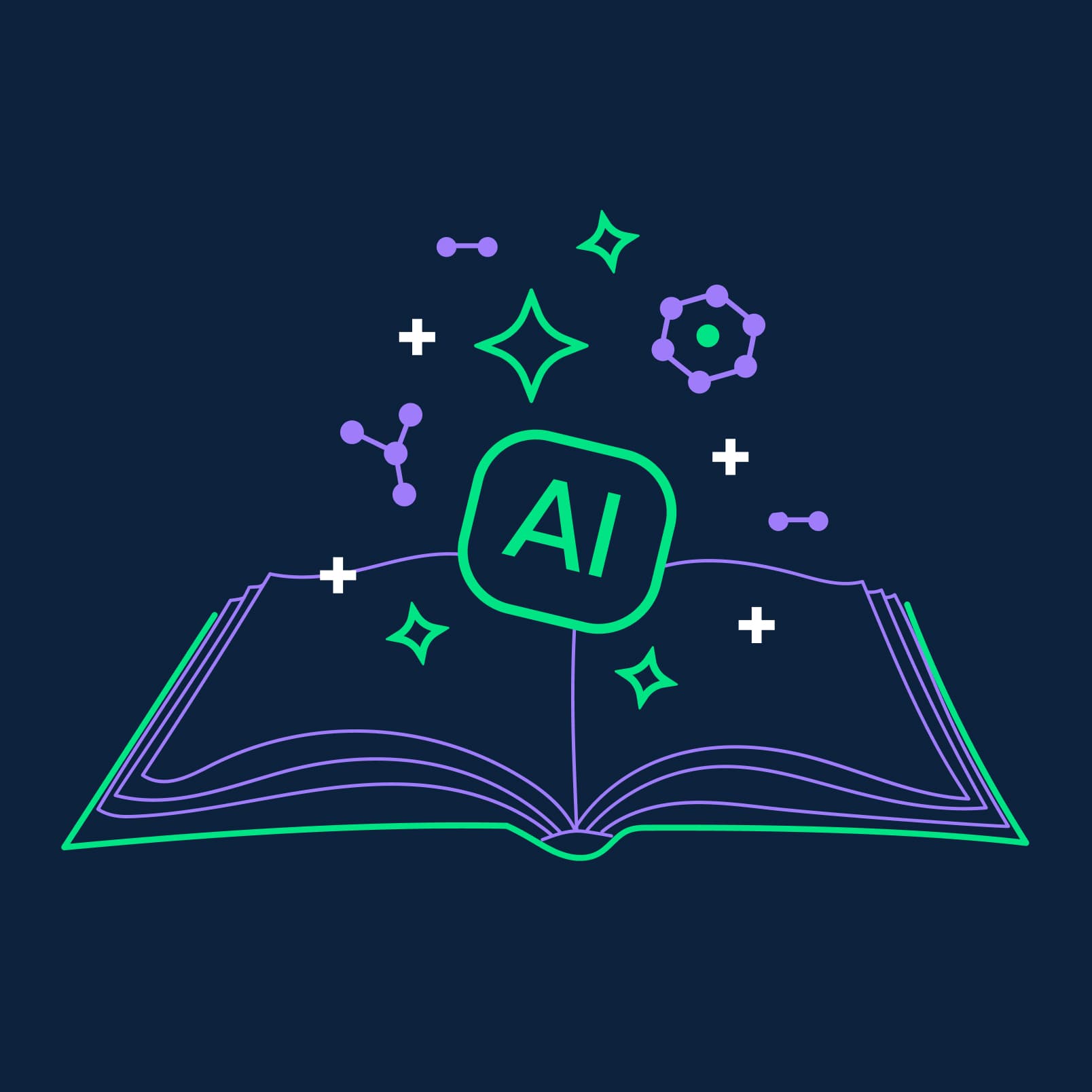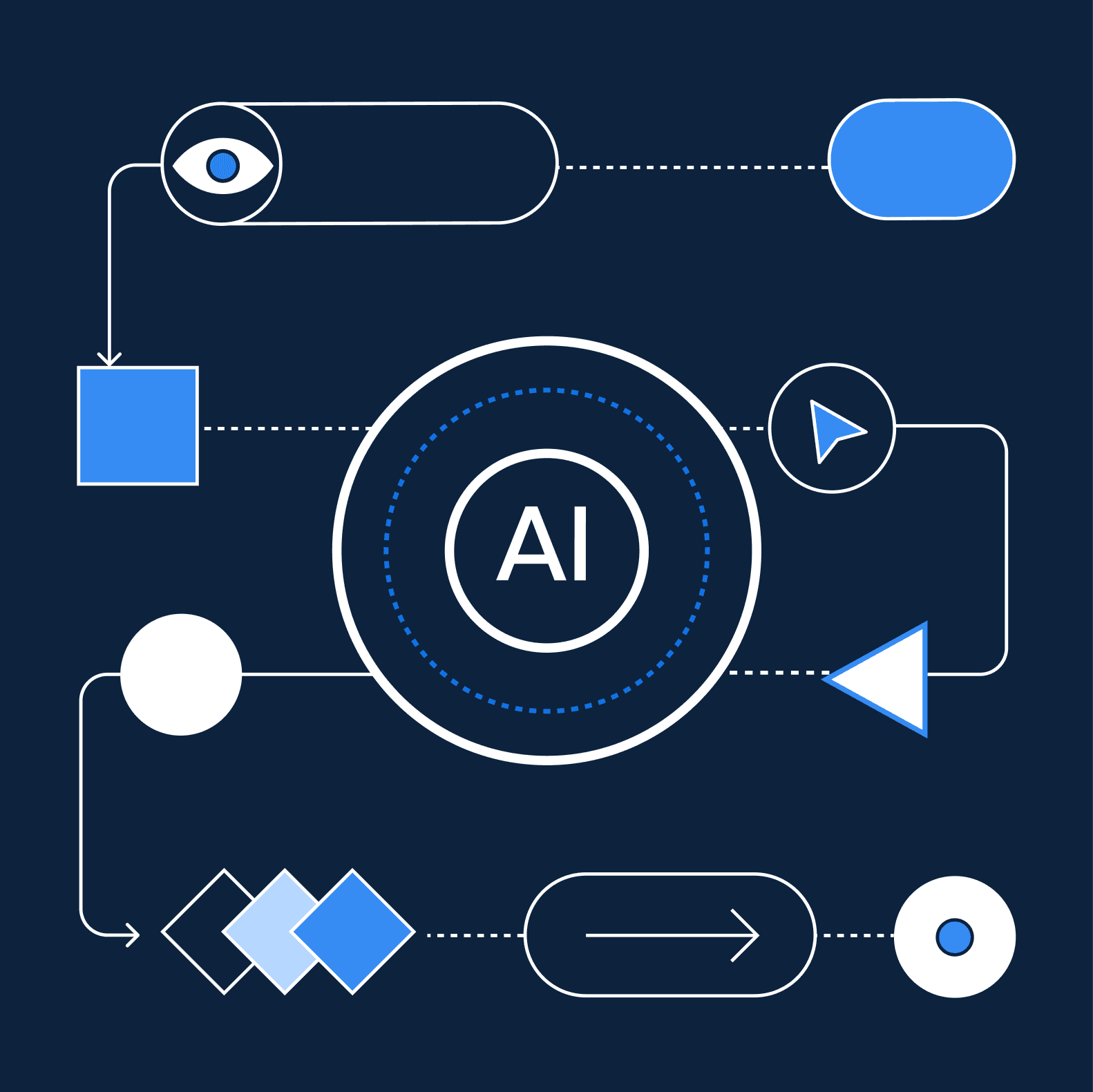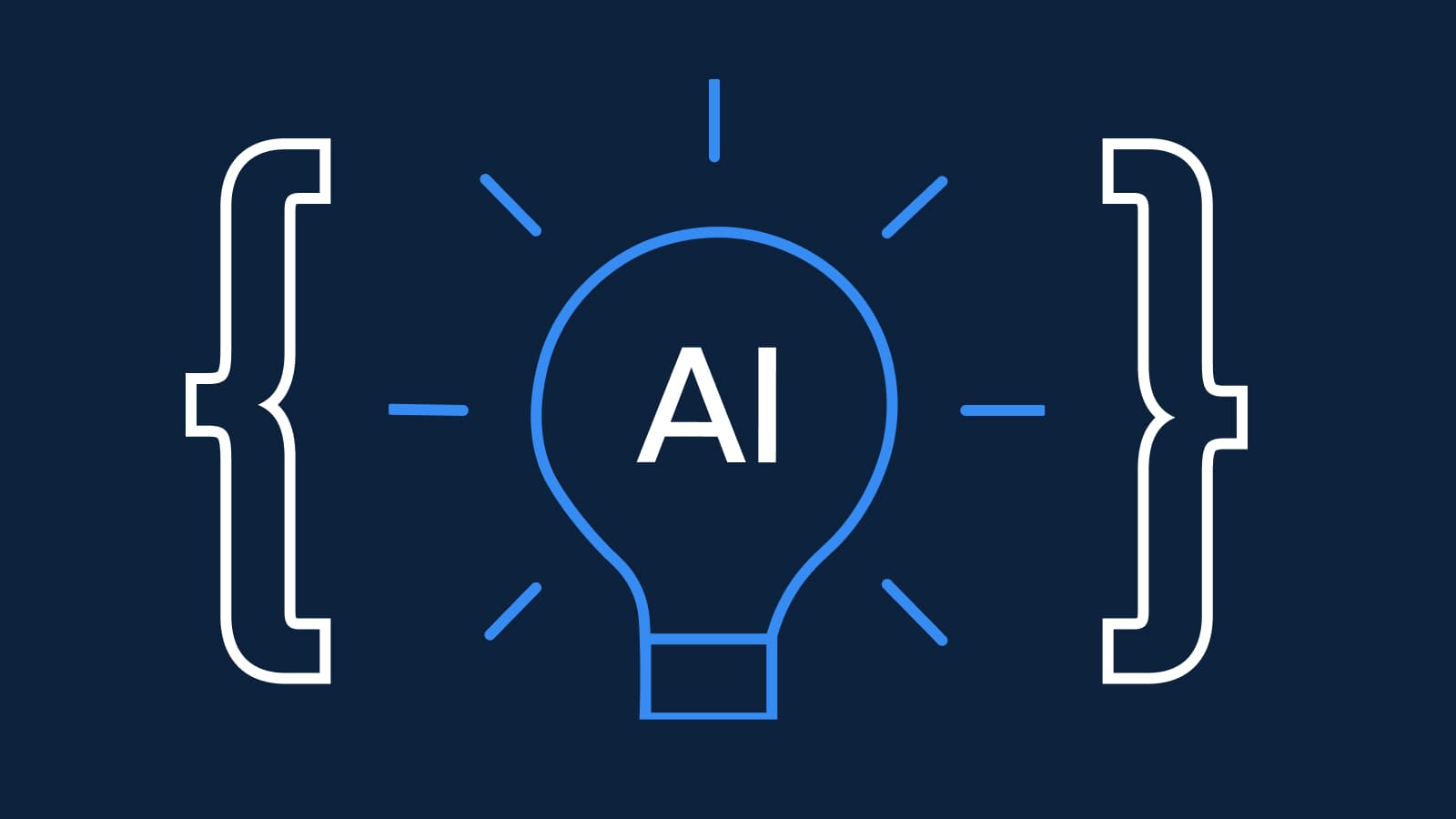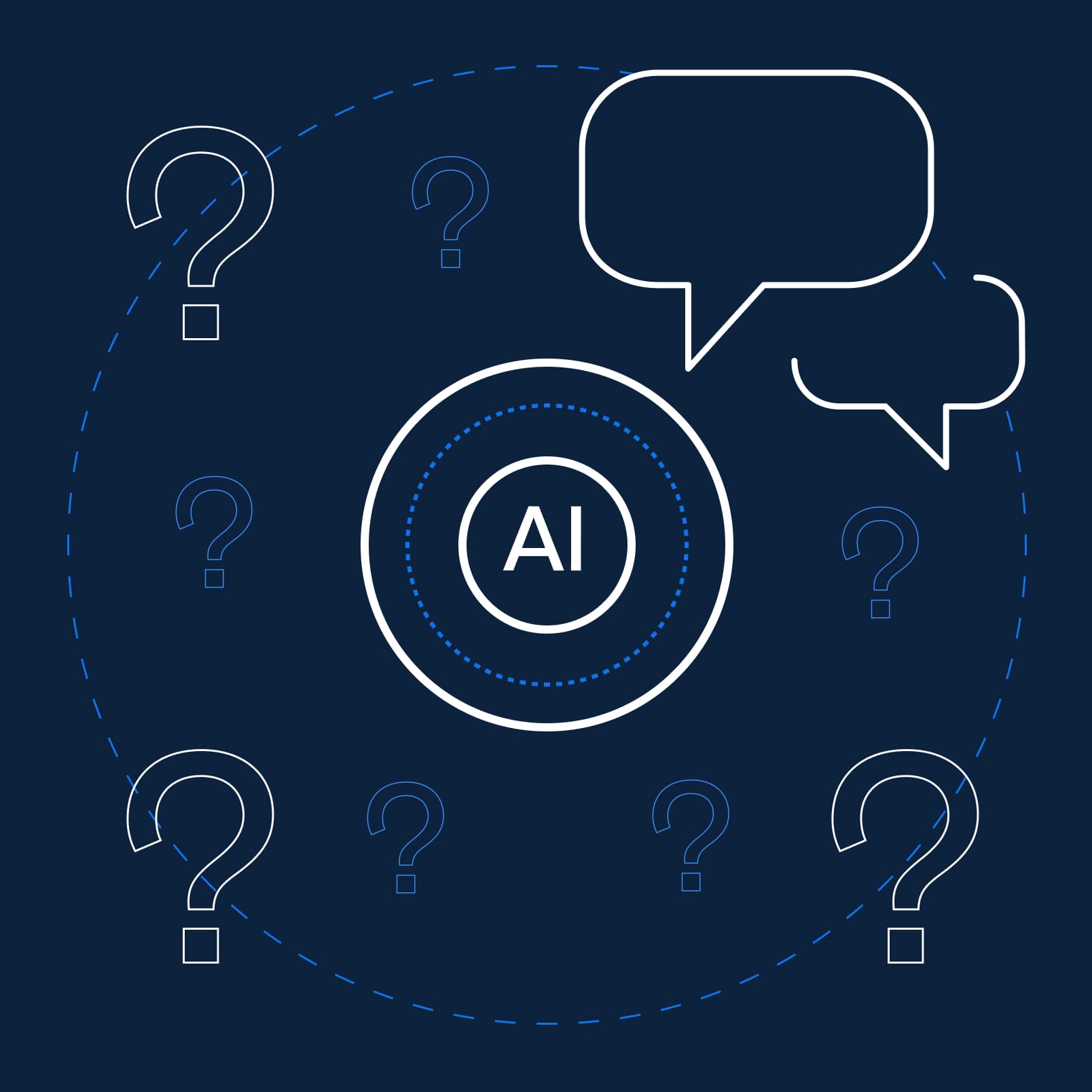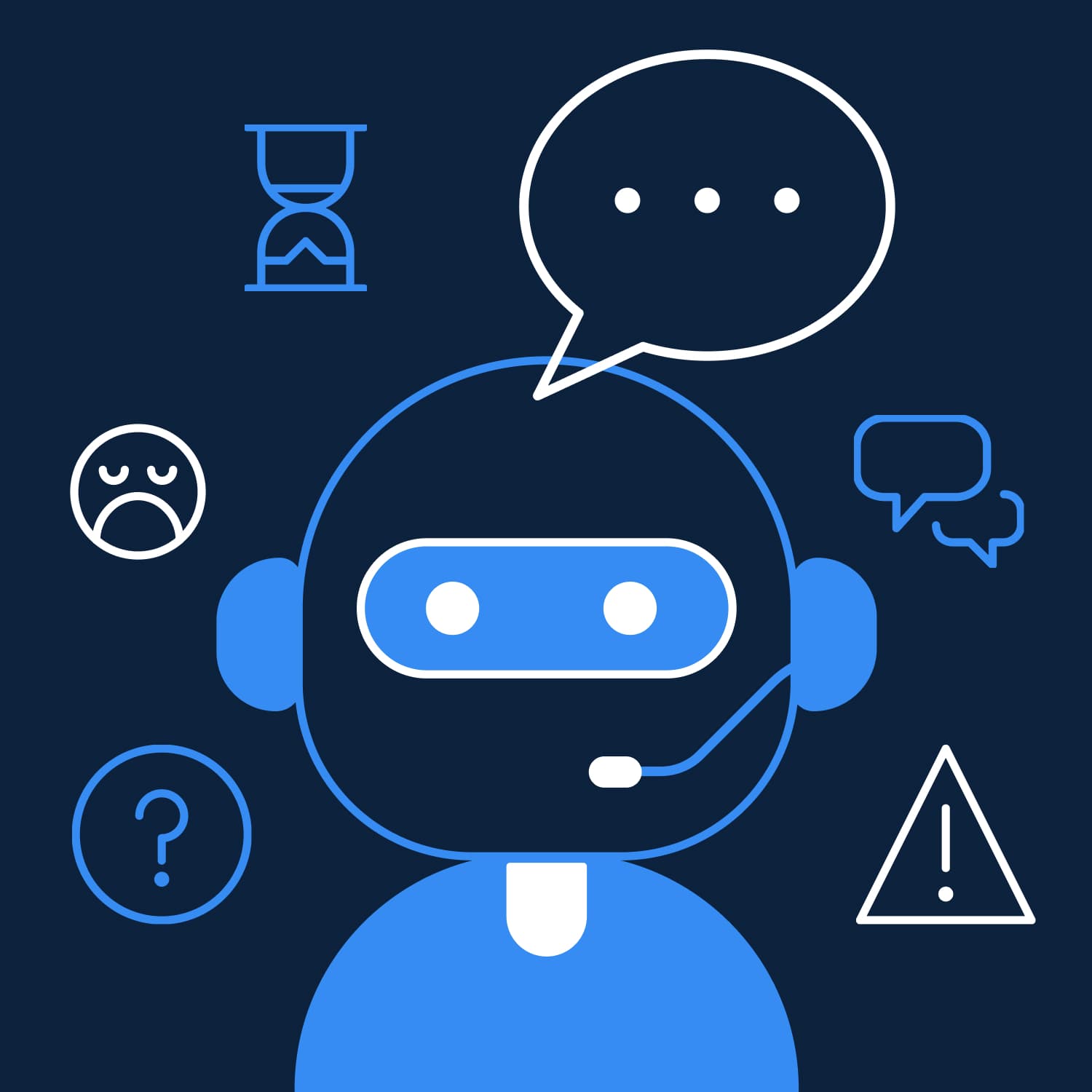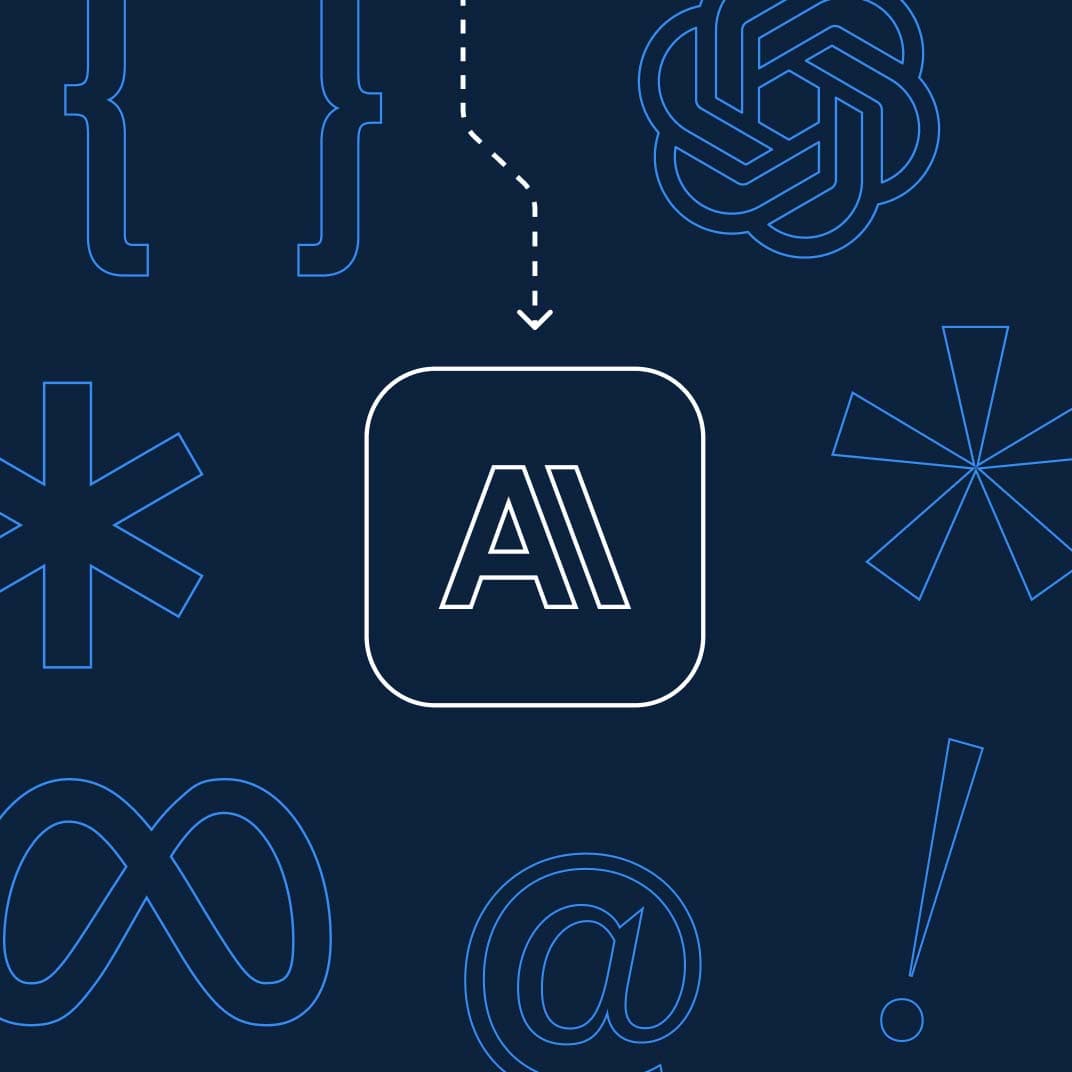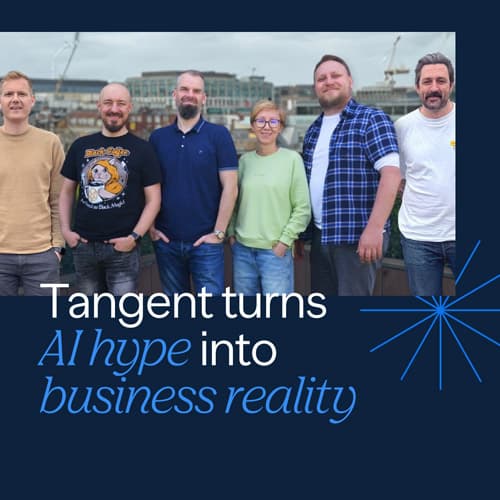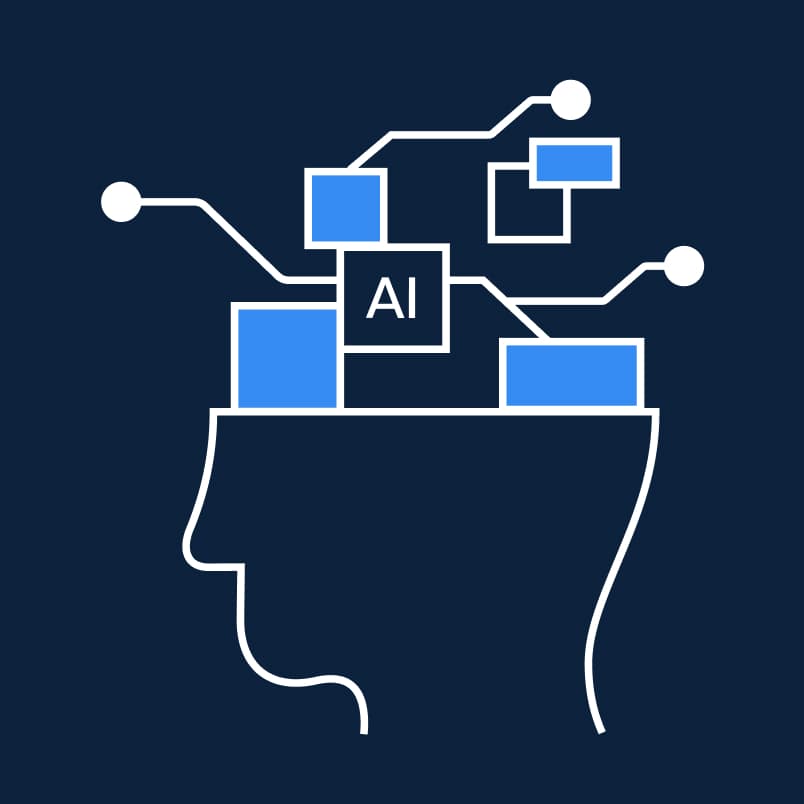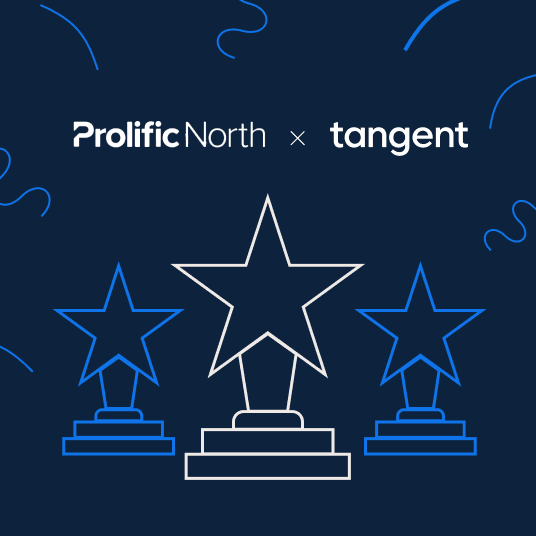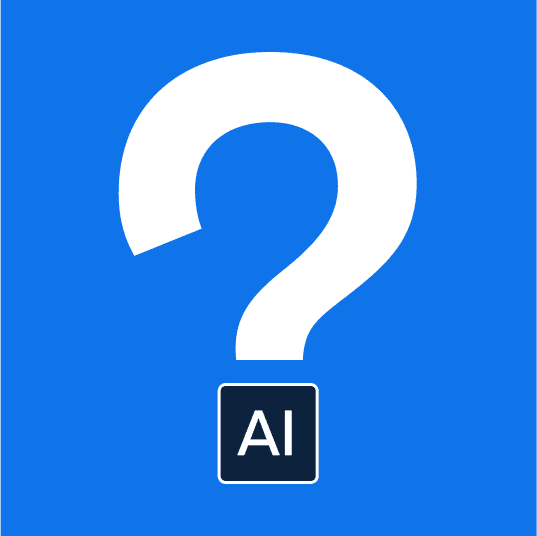
The term “AI agent” is having a moment. It sometimes feels like it’s being tossed around on my LinkedIn feed like confetti. From startups to big tech giants, it seems like everyone is slapping the label on products, ranging from clever chatbots to powerful automation platforms. In fact, it’s fast becoming one of those slippery buzzwords. But beneath the hype lies something transformative, and it’s worth separating signal from noise. So what exactly is an AI agent, and why is everyone suddenly building one?
Here's the honest truth: there’s no single definition of an AI agent, and that’s part of the problem. The most common explanation I could find was that AI agents are autonomous or semi-autonomous systems that do 3 things: perceive, reason, and takes actions to achieve specific goals. Some agents are narrow and highly specialised, like the AI that schedules your meetings. Others handle more complex, multi-step workflows.
But what truly sets agents apart from traditional automation or basic AI models is agency. These systems aren’t just responding to queries - they’re proactively getting things done.
And this subtle shift from passive tools to active participants is a big deal.
Why this technology matters now
We’re at an inflection point. For decades, we've been promised that technology would make our lives easier, but instead, we've become managers of our digital tools. We spend our days switching between apps, copying data from one system to another, and trying to stay on top of an endless stream of notifications. AI agents flip this dynamic.
They aren’t just software upgrades, they’re reshaping how we work, interact, and organise around tasks. They represent a leap from command-based systems (where humans tell machines what to do) to collaborative systems (where machines understand goals and pursue them with us, or even for us).
Consider this: a knowledge worker today spends a huge chunk of their time not on work itself, but on the meta-work around it. This could be triaging messages, moving data between tools, updating documents or scheduling meetings... AI agents are poised to absorb these tasks. Not just faster, but smarter as well.
Why businesses can’t afford to look away
For businesses, the implications are enormous. AI agents offer the promise of exponential leverage: doing more with less, serving more customers and delivering better experiences while potentially cutting costs. But it’s not just about efficiency. The deeper value lies in how agents shift the baseline of what's possible.
There’s a lot of talk about agents replacing our existing workforce, but businesses should look beyond the job displacement headlines. Companies that integrate agents thoughtfully can unlock new business models, faster iteration cycles, and entirely new kinds of user experiences. Think AI agents that help users onboard, purchase, and troubleshoot but without ever touching a human workflow. Companies that embrace this early won't just be more efficient, they could potentially be more human. When agents handle routine tasks, employees can focus on creativity, strategy, and building relationships.
Know the risks before you take the leap
For all the hype, AI agents aren’t magic and they certainly aren’t infallible. Businesses rushing to implement them without clear guardrails risk opening themselves up to a host of challenges. Misalignment between agent behaviour and business logic can lead to rogue decisions. Poorly scoped autonomy can create user confusion or worse, legal exposure. And then there’s the question of data: do your systems provide the context and feedback loops an agent needs to learn and improve?
Perhaps most importantly, poorly designed agents can create new problems while solving old ones. Businesses need to ask not just what an AI agent can do, but what happens when it fails.
So, where should you start?
Start small and think strategically. If you're considering bringing AI agents into your business, start by identifying high-friction, low-complexity workflows. Agents amplify existing processes, so if your underlying workflow is broken, chances are an agent won’t fix it. Think repetitive tasks that require context but not creativity. Look for systems that already produce structured data and more importantly, ask yourself this: Are we solving a real problem, or chasing novelty?
Agents thrive when they’re paired with a clear objective, a well-defined operating environment (think frameworks and guardrails), and access to the right information. They struggle when asked to fill in the gaps of vague business processes.
Now, not next or later
AI agents are not the far-off robots of sci-fi movies. They’re software with a growing set of skills and their presence is becoming visible in places we didn’t expect. The real challenge for companies isn't in building the next ChatGPT-powered demo, it’s in figuring out how agents can truly change their business.
Those who get curious early, experiment responsibly, and build with intention will be the ones who shape what comes next. The rest will be disrupted by it.
For those looking to take the next step on their AI journey, here's how we implement AI that delivers.
For more insights around what's trending in AI and CX right now, visit our FutureCX Trends Hub.
Ready to explore AI
Discover our fast track 3-day Impact Workshops
